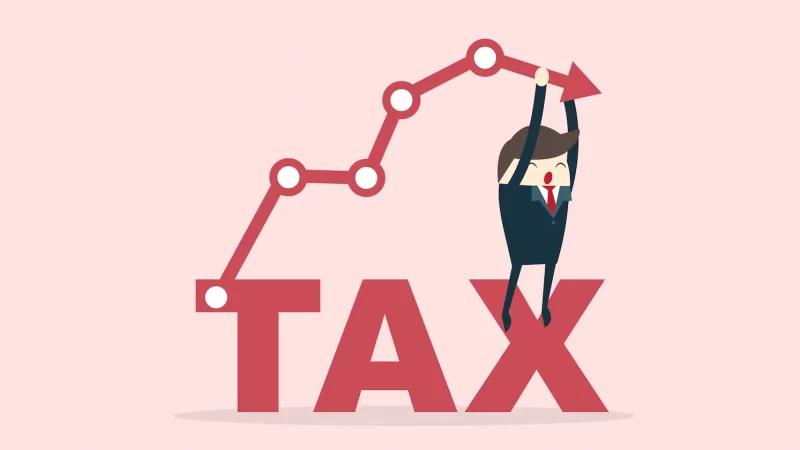Tax Season Survival Guide – Tips for Maximizing Your Refund

Increased tax refunds are an intelligent financial decision and easy to achieve.
Staying organized, selecting the appropriate filing status and taking advantage of all eligible deductions and credits can lead to a larger tax refund. Learn how you can take these steps this tax season for maximum returns!
1. Stay Organized
Tax season can be an exhausting period for accounting, payroll and financial professionals. But with proper preparation and organizational tools in place, filing taxes can become an approachable (and possibly stress-free) procedure.
As your first step to staying organized, create a file folder dedicated to tax documents. Make it part of your daily routine to put any bills, receipts or official tax documents that come through as soon as they arrive in your mailbox or workspace into this file folder.
Be sure to mark all important deadlines on your calendar so you won’t miss them, and remember it’s okay to seek assistance if you feel overwhelmed or stretched thin during this demanding time. By working as part of a team, you can stay on top of your work while still having time for rest and rejuvenation.
2. Review Your Return
Before filing your return, take a moment to double check that all information is accurate and precise. Doing this could save both time and money should your return be selected for review by IRS officials.
Though it can be pleasing to receive a large tax refund, the most effective way to minimize what you owe and maximize it lies in careful tax planning. This may involve reducing taxable income, using tax-advantaged accounts or taking advantage of deductions and credits.
Talk with your tax professional about strategies that might reduce your taxable income next year, such as changing withholding. Doing this will allow more of your hard-earned money to remain where it matters the most–whether that means investing, paying down debts or building an emergency fund. Everyone wants that!
3. Review Your Deductions
Tax filing season can be daunting, yet everyone wants to maximize their refund. Luckily, it can actually be fairly simple with tax software like Ramsey SmartTax that has no hidden fees or agendas (such as free IRS filing software).
Tax deductions can make a big difference when filing taxes, helping reduce taxable income and the consequent tax bill. There are two categories of deductions – standard and itemized. Standard deductions apply to every household while itemized deductions only become eligible if enough eligible expenses or losses exceed your standard deduction amount.
No matter your circumstances, it’s always a good idea to review your options for reducing taxable income. This may involve exploring filing status options, contributing more to retirement accounts or looking into potential tax deductions or credits which apply directly to you – the goal being that more money remains in your own pocket so it can be put toward investments or put away into an emergency fund.
4. Plan Ahead
Maximizing your refund return is always a wise financial move, whether that means investing it or applying it toward paying down debt. Also speaking to a tax professional about strategies that could reduce taxable income can be helpful.
If you’re filing with a preparer, be sure to keep track of and organize all documents as you receive them in a folder or file. Most employers, banks and brokerage firms typically send W-2 forms, 1099s and other tax documents by late January at the latest.
Many people enjoy receiving a large tax refund, but it’s important to remember that this money represents an interest-free loan from the government. A better approach might be speaking with a tax professional about adjusting your withholding to pay less in taxes during the year so your refund arrives faster.






